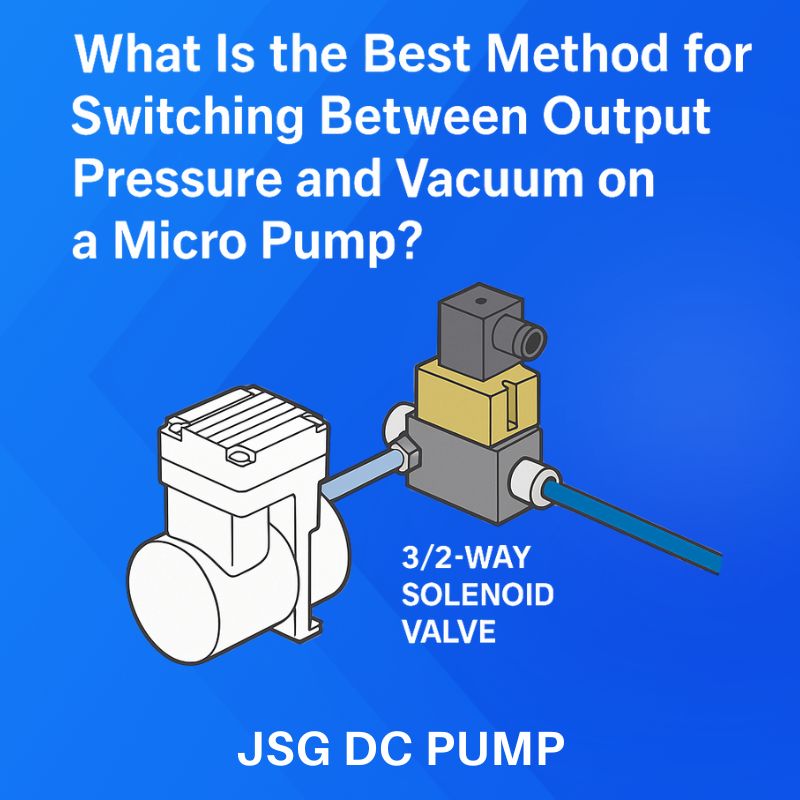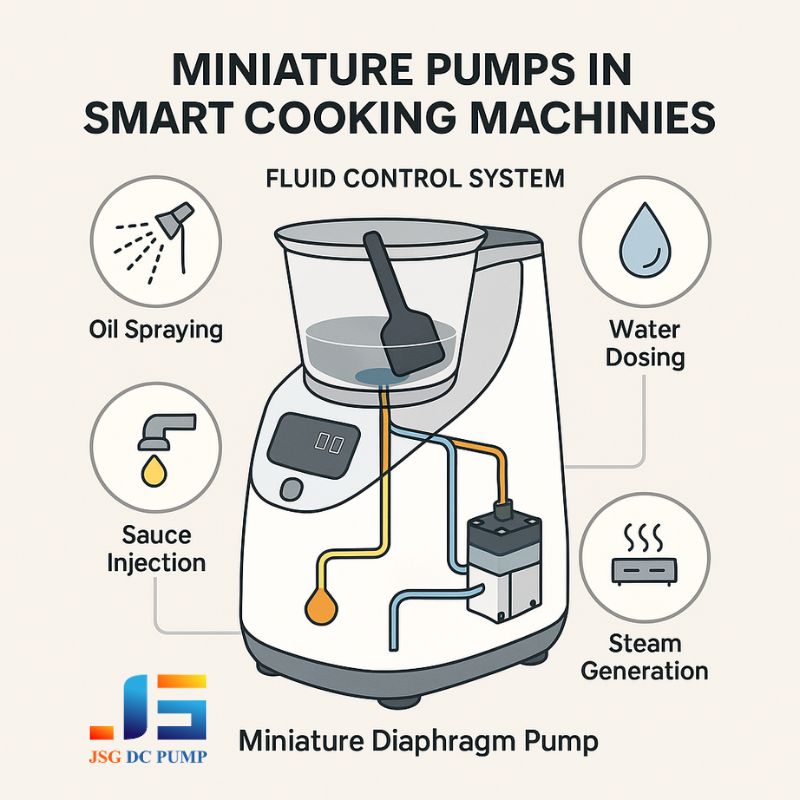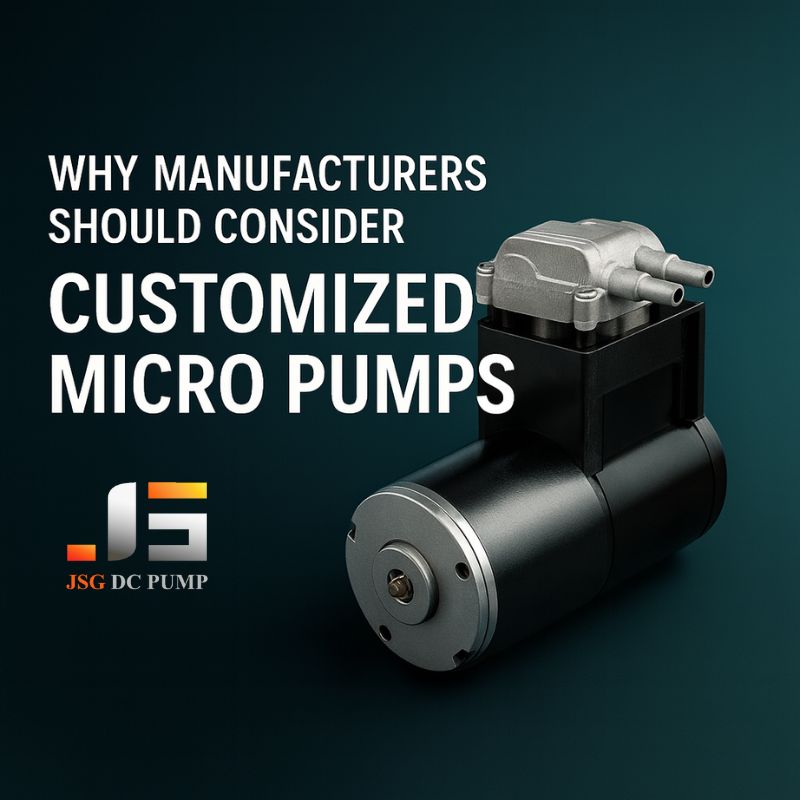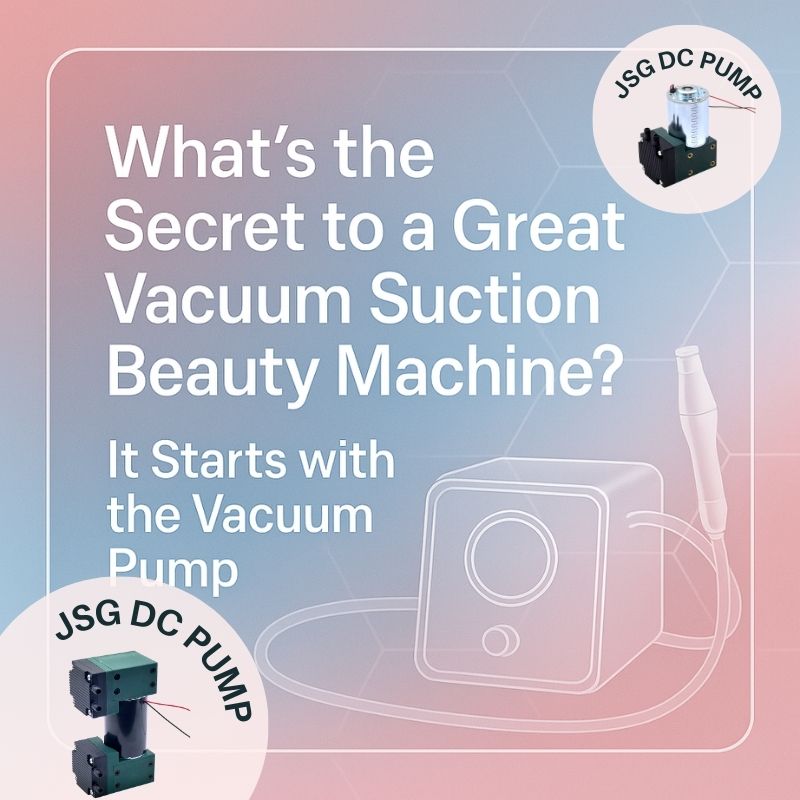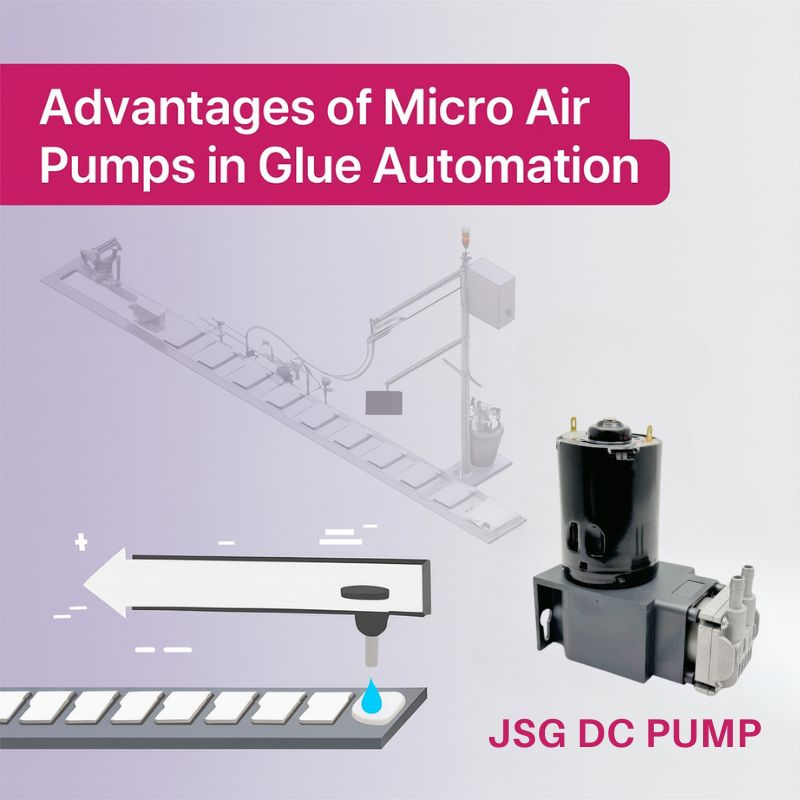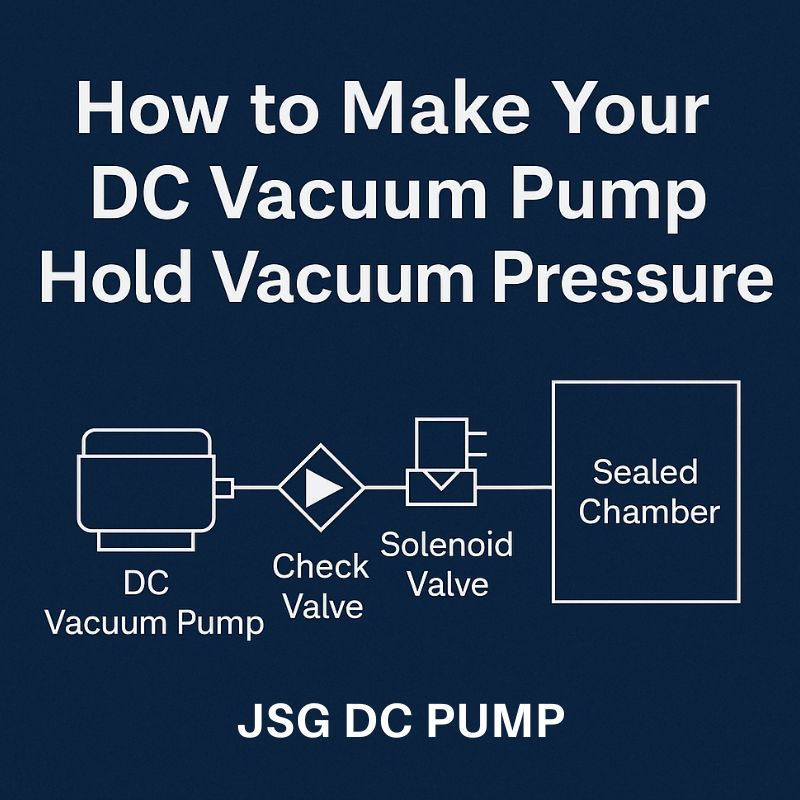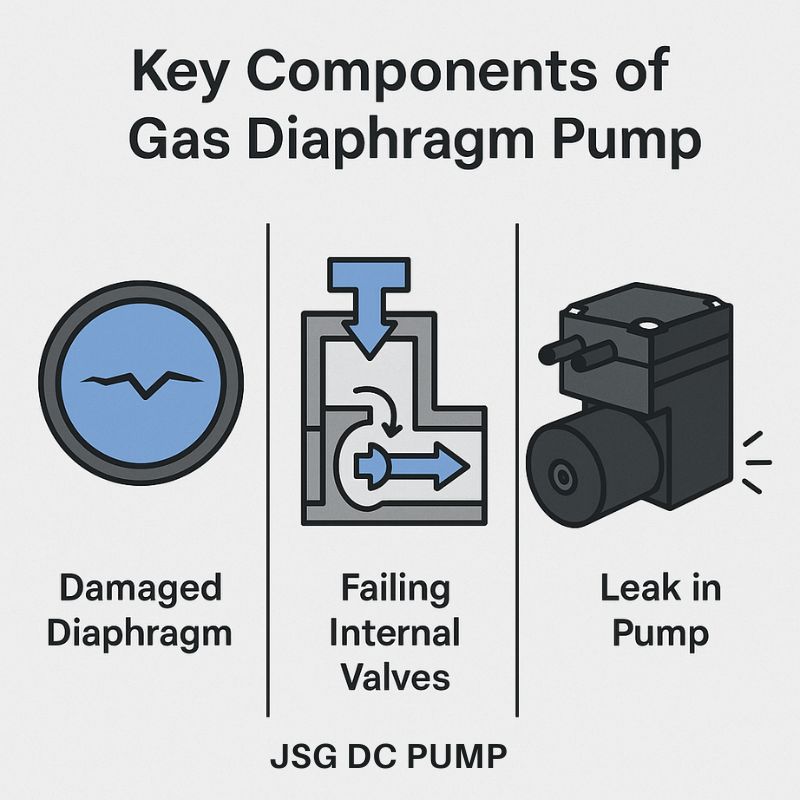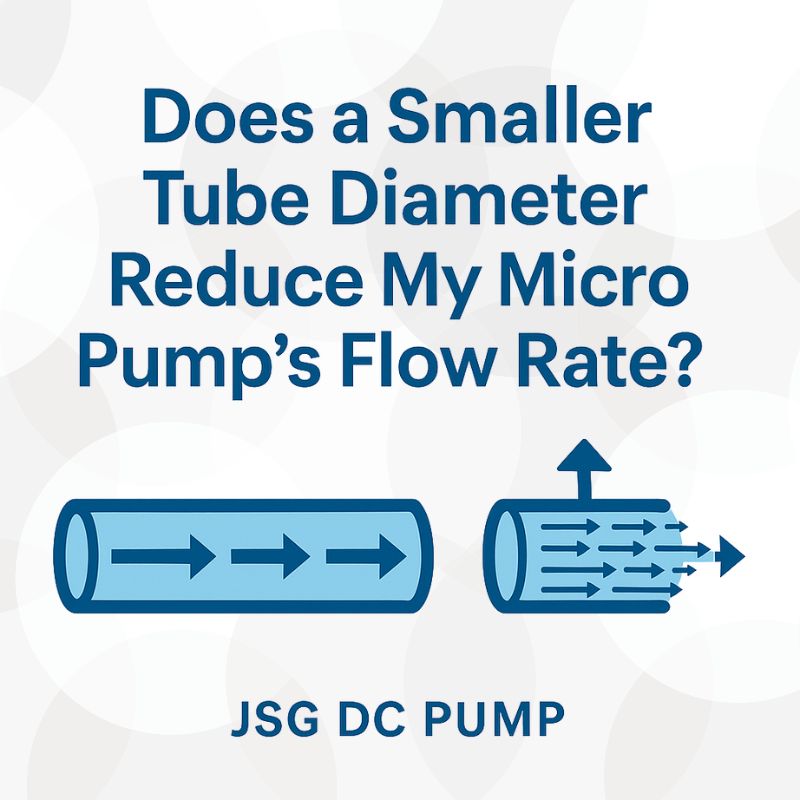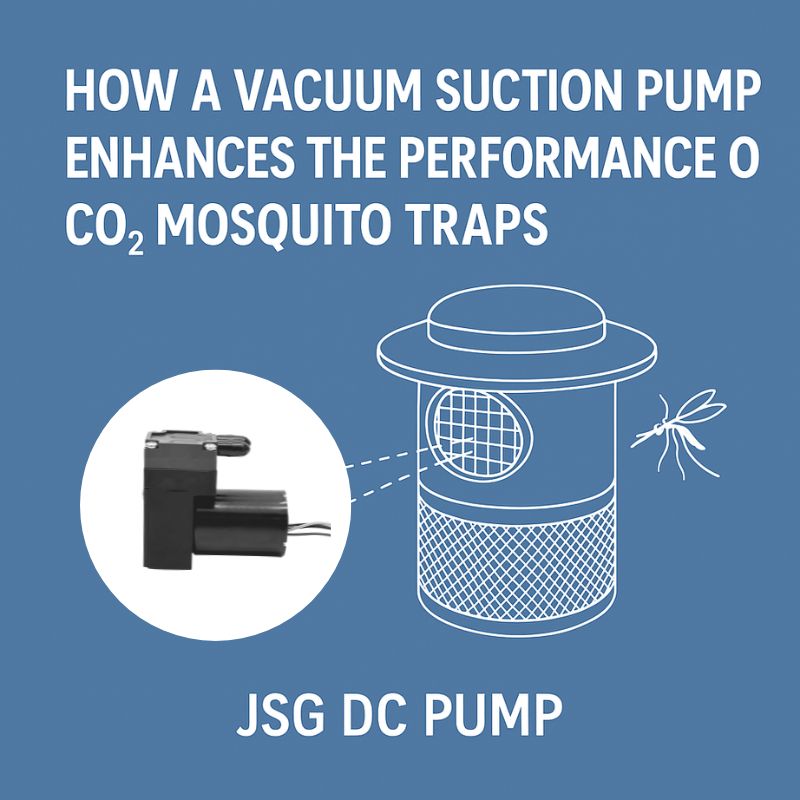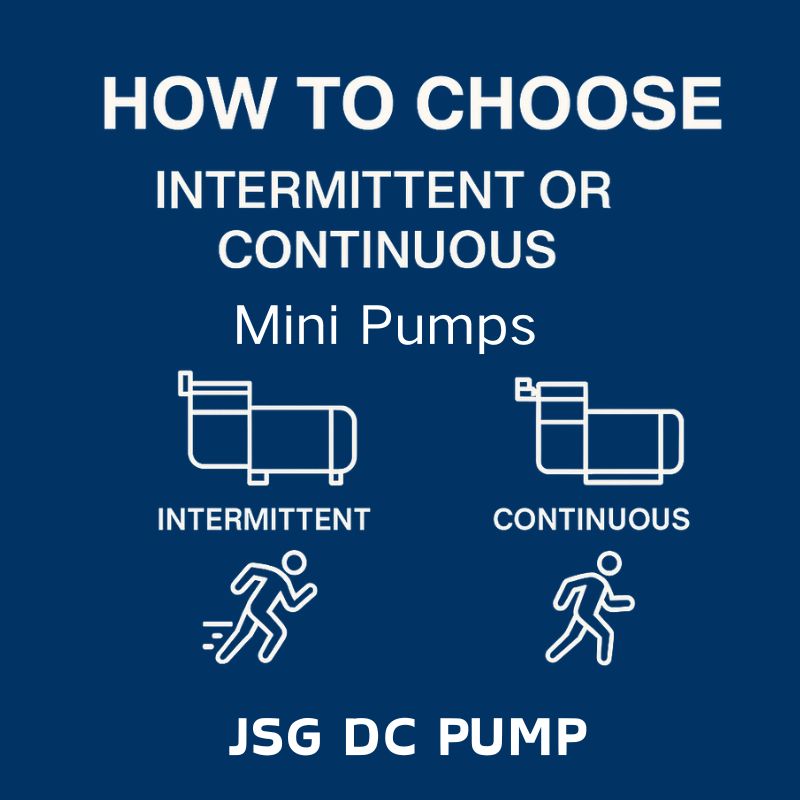You’re designing a device that needs both suction and an air puff. Using two micro pump is too costly and bulky, but you’re worried about slow response times, leaks, and residual pressure if you try to use just one.
The best method is to use a single, continuously running micro pump with an external 3/2-way solenoid valve. This provides fast, reliable, and precise electronic control to switch between pressure and vacuum on command.
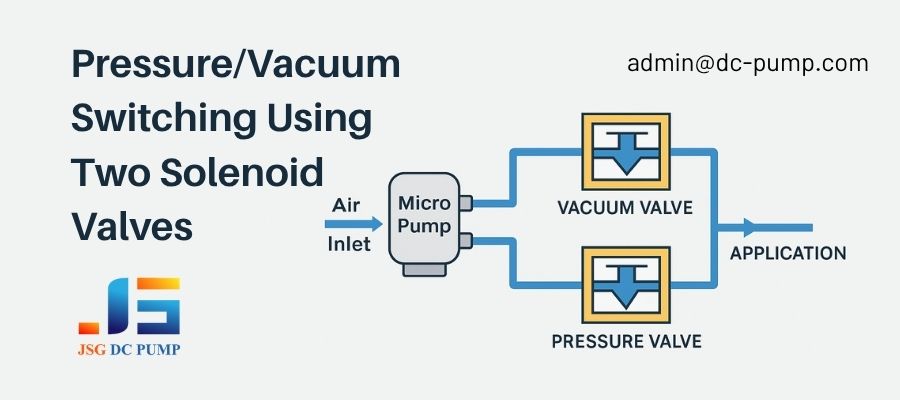
As an engineer at JSG DC PUMP, this is a core challenge I help OEM clients solve every week. Whether for medical devices, robotic grippers, or lab instruments, getting this switching mechanism right is critical for the product’s final performance. A poorly designed system leads to unreliable operation and failure in the field. Let’s break down the professional, proven methods to ensure your design is a success from the start.
Why is positive/negative switching so important?
It seems complex to demand opposing forces from one component. This can lead you to default to a two-pump system, resulting in a design that is bigger, more expensive, and has more potential failure points than necessary.
Many automated processes require a two-step “action/reaction.” A single pump that switches modes saves critical space and cost, simplifying the overall design while enabling sophisticated functionality.

The need for this dual-mode operation is everywhere in modern technology. From pneumatic therapy devices that must gently squeeze and release, to air sampling systems that must capture and then purge a sample, the principle is the same. I worked with a client developing a robotic gripper for handling delicate silicon wafers. The system needed vacuum to grip the wafer securely, but a gentle puff of positive pressure was required to release it onto a tray without any sliding or damage. A single pump with a well-designed valve system was the only way to achieve the speed, precision, and compact size they needed for their machine.
| Application Area | Vacuum Function | Pressure Function | Key Benefit |
|---|---|---|---|
| Robotics | Grips an object with a suction cup. | Provides an air puff to release it. | Speed & Precision |
| Medical | Deflates a diagnostic cuff. | Inflates the cuff to take a reading. | Patient Comfort & Accuracy |
| Lab Automation | Aspirates a liquid sample into a probe. | Dispenses the liquid from the probe. | Prevents Cross-Contamination |
What is the most common and reliable switching method?
You need a solution that is fast, robust, and easy to control with a microcontroller. Trying to invent a new mechanical switching system is risky and likely to fail under repeated use.
The industry-standard solution uses a single micro pump with one or two 3/2-way solenoid valves. This configuration is compact, switches in milliseconds, and provides the highest degree of control and reliability.
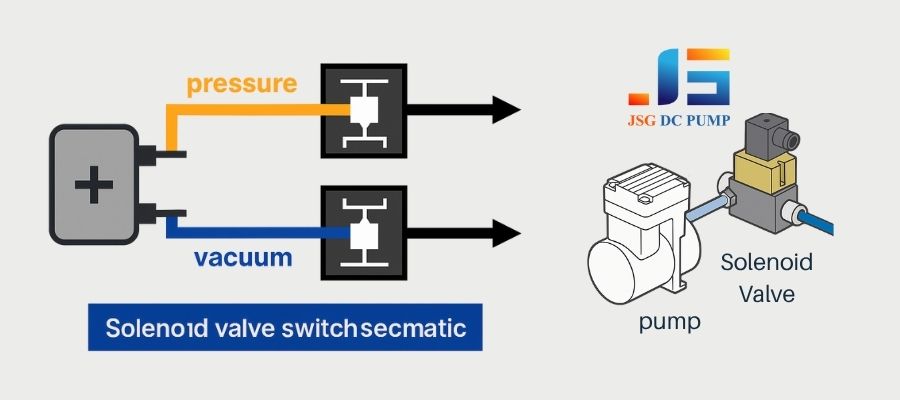
This is the method we recommend for most professional applications in the medical, laboratory, and desktop automation fields. It’s the gold standard for a reason. The micro pump runs continuously, providing a stable source of both pressure (from its outlet port) and vacuum (from its inlet port). The solenoid valves act as electronic “traffic cops” for the airflow.
Here is a typical setup:
- Pump: A single diaphragm pump runs continuously.
- Valves: The pump’s pressure and vacuum ports are plumbed to the inputs of a 3/2-way solenoid valve arrangement.
- Control: A microcontroller sends an electrical signal to the valves to instantly change the path of the airflow.
- Output: A single tube leading to your application (e.g., a suction cup) receives either pressure or vacuum as directed by the valves.
This design minimizes leakage and provides the clean, sharp transition between modes that high-performance applications demand.
Are there simpler or lower-cost alternatives?
Solenoid systems are perfect for automated products, but what if your budget is tight, or you just need a proof-of-concept for the lab? You need a functional solution without the cost and complexity of electronics.
Yes, for simpler needs, you can use a pump with dedicated ports and check valves, or even manual valves for prototyping. These methods are cost-effective but sacrifice speed and precision.
Sometimes a simpler approach is sufficient. Some micro diaphragm pumps are designed with separate, dedicated ports for the pressure and vacuum circuits. You can plumb these directly to your application. Internal check valves prevent most backflow, though this method is not as “sealed” as a solenoid system and can leave some residual pressure or vacuum in the lines. This is often acceptable for less-critical applications.
For early-stage R&D, you can go even simpler with manual ball valves. This allows you to physically turn a lever to switch between modes. It’s a fantastic way to test the fluid dynamics of your concept before investing in a full control system. However, these simpler methods are not suitable for any product that requires fast, repeatable, or automated cycling.
When should you use two separate micro pump instead?
Your system is for a critical application where downtime is not an option, and performance cannot be compromised. The single-pump method seems efficient, but you’re worried about a single point of failure.
For high-throughput industrial systems or life-support medical devices, a dual-pump system offers maximum reliability and performance. It uses one pump for vacuum and a second for pressure, controlled by software.
This is the “belt and suspenders” approach. In situations where reliability is paramount, dedicating one micro pump to pressure and another to vacuum is the best choice. For example, in a high-speed industrial sorting machine that runs 24/7, you can’t afford a failure.
The advantages are clear:
- Redundancy: If one pump fails, the other function may still be operational, and the system can flag the error without a complete shutdown.
- Independent Optimization: You can choose the perfect pump for the vacuum requirement and a different, perfect pump for the pressure requirement. You don’t have to compromise.
- High Power: You can achieve higher pressure and deeper vacuum levels than a single pump might provide in a dual-mode setup.
The controller logic simply activates the appropriate pump as needed. While more expensive and complex, it is the ultimate solution for demanding and critical systems.
Can you just reverse the pump’s motor?
It’s a very common question. For a simple DC fan, reversing the polarity reverses the airflow. It seems logical that a DC pump motor would do the same, but this is a critical misunderstanding.
Absolutely not. Reversing the motor’s direction on a diaphragm pump will not reverse the airflow. The flow direction is permanently fixed by internal one-way flapper valves inside the pump head.
This is a fundamental principle of diaphragm air pump design. The motor’s only job is to move a diaphragm up and down. This movement creates the changes in chamber volume. However, two tiny, flexible “flapper” valves dictate the direction of flow. The inlet valve only lets air in, and the outlet valve only lets air out. They work just like the valves in your own heart. Running the motor backward will still make the diaphragm move, but the valves will still only allow air to flow in one direction. Attempting to reverse the motor will, at best, result in no flow and, at worst, cause damage to the motor or mechanical components.
What are the critical design details for a reliable system?
You’ve selected a method, but the devil is in the details. A great pump can be crippled by a poor choice of valve or a lack of feedback, leading to the very performance issues you tried to avoid.
For a truly robust system, use high-quality solenoid valves, install pressure sensors for feedback, and add a vent valve to quickly neutralize the line between cycles.
Building a high-performance system requires thinking beyond just the pump. Based on my experience with thousands of OEM designs, here are the key details to focus on:
| Design Detail | Why It’s Critical | Our Recommendation |
|---|---|---|
| Valve Quality | Low-quality valves can leak, stick, or fail prematurely, ruining system performance. | Choose valves rated for millions of cycles and made with materials (like EPDM or Viton) compatible with your fluid. |
| Sensors | Without feedback, you’re “flying blind” and can’t confirm if you’ve reached the target pressure or vacuum. | Add a miniature pressure/vacuum sensor to the output line. This allows for closed-loop control for ultimate precision. |
| Vent Valve | Residual pressure or vacuum in the line can slow down a release or cause an object to stick. | Add a third valve that can vent the application line to the atmosphere, instantly neutralizing it before the next cycle. |
| Orifice Size | A valve with too small an opening will choke the flow from the pump, limiting its performance. | Ensure the valve’s orifice diameter is well-matched to the pump’s flow rate to avoid creating a bottleneck. |
Conclusion
The best way to switch between pressure and vacuum is with high-quality solenoid valves, ensuring precise control, fast response, and long-term reliability. This proven method is ideal for OEM applications in medical, industrial, and laboratory systems where performance and stability matter most.
For expert engineering support tailored to your specific application, partner with our team at JSG DC PUMP. We specialize in designing and delivering custom micro pump solutions with integrated control systems.
JSG DC PUMP — Precision. Reliability. Expertise.
📩 Contact us today: admin@dc-pump.com


